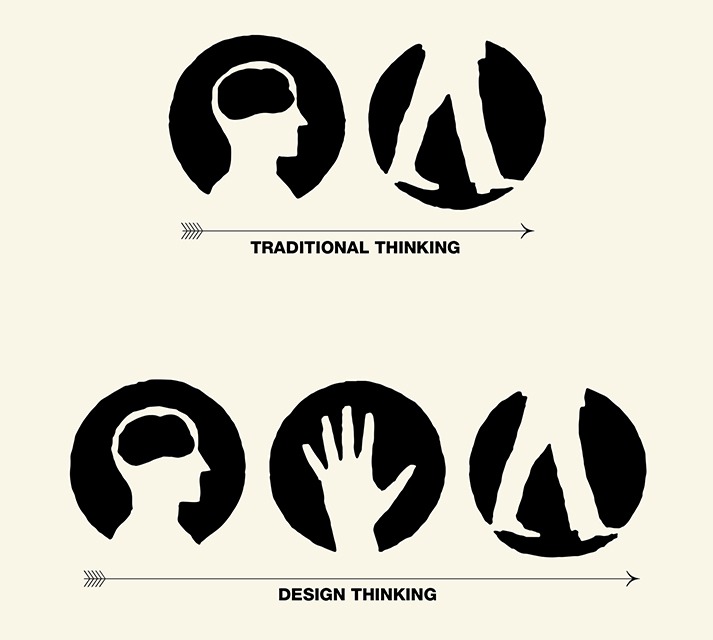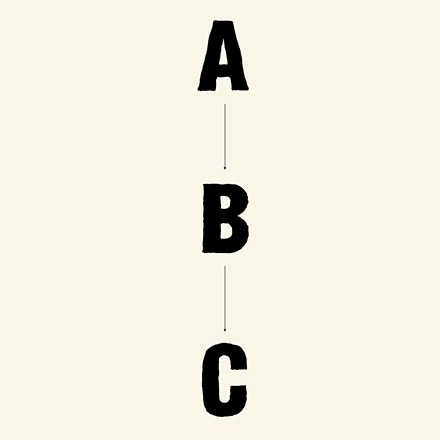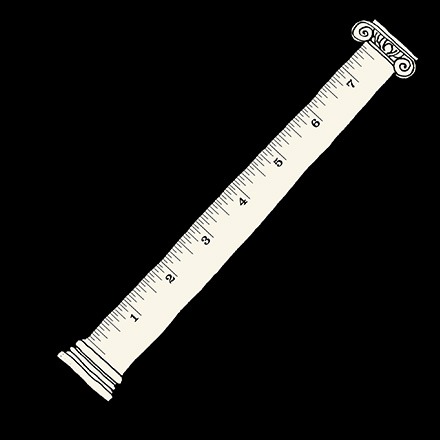The Rules of Genius #12: Design quickly, decide slowly
The first eleven rules were concerned with getting the right idea. The next fourteen are concerned with getting the idea right. This is the work of bending, shaping, and polishing your idea so it aligns with its purpose. This is the point at which you go from thinker to maker.

The default setting for traditional thinkers is to reach a decision as quickly as possible. In business, for example, managers tend to rely on a two-step process: know and do. They know something—from a case study, a book, an article, a best practice, a previous experience—and move straight to doing something. The failing of this process is that it cuts out the possibility of new ideas. The know-do process is incapable of finding new approaches or mitigating risk, so it plays safe: Just do what worked in the past, and nothing more.
A better way to reach a decision is to make one. When you insert making between knowing and doing, you put new ideas on the table. You invent models, prototypes, or mockups that can be tested before they’re selected. Making lets you design the way forward, instead of merely deciding the way forward. Deciding is much easier with a range of tested possibilities to choose from.
The know-make-do process is at the heart of design thinking, the discipline at the core of innovation. It’s the process of changing an existing situation to a new and better one. Design can be applied to an organization, a product, a building, or a policy. It can improve a career, a habit, a skill, or a relationship. Anything that can changed can be designed.
Yet new ideas are fragile. They can’t stand up to withering criticism or the careless opinions of devil’s advocates. Rejecting a new idea because it’s not immediately successful is like giving up a baby because it can’t hold a job. New ideas need to protection and nurturing. They need time to be shaped, tested, corrected, and polished.
Does this mean that the know-make-do process will slow down decision making? Maybe yes, maybe no. But it beats the know-do process, which is guaranteed to produce sub-optimal results. When you’re trying to innovate, it’s best to design quickly and decide slowly. Hold your fire until you see a worthy target.
Next week: Use a linear process for static elements.
Match your process to the situation.
The Rules of Genius is now a book with a bonus section called “How can I matter?” that includes 10 essential rules. Buy here.

